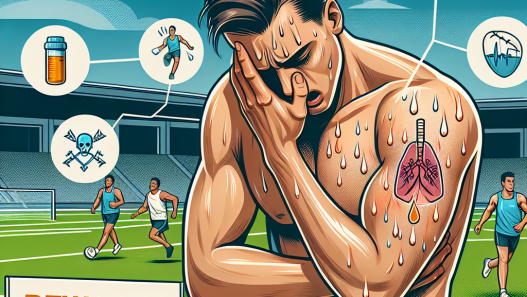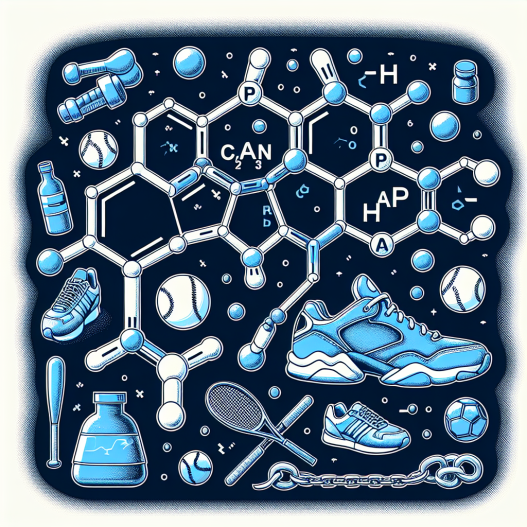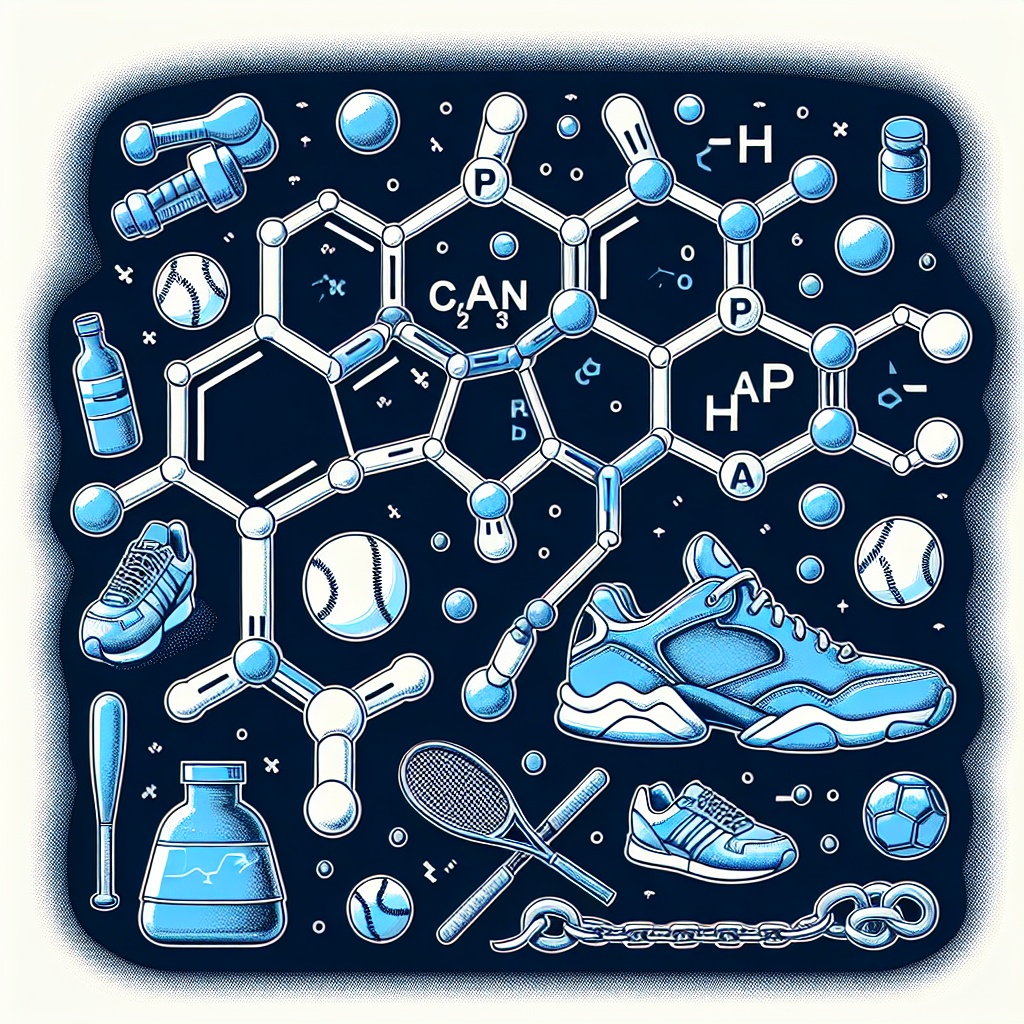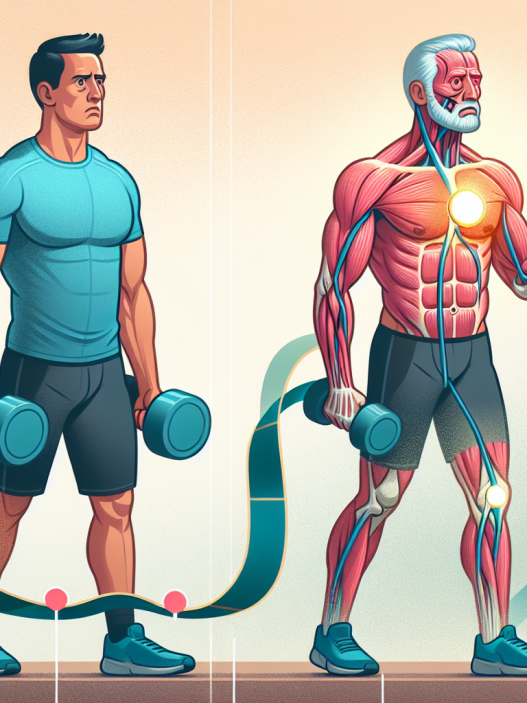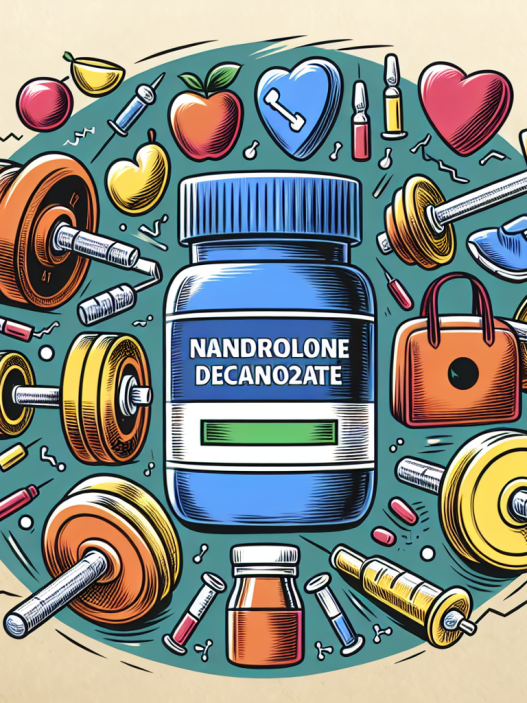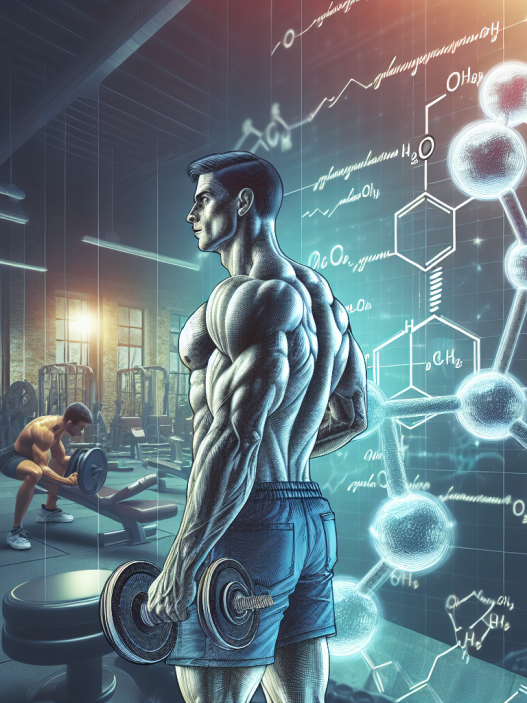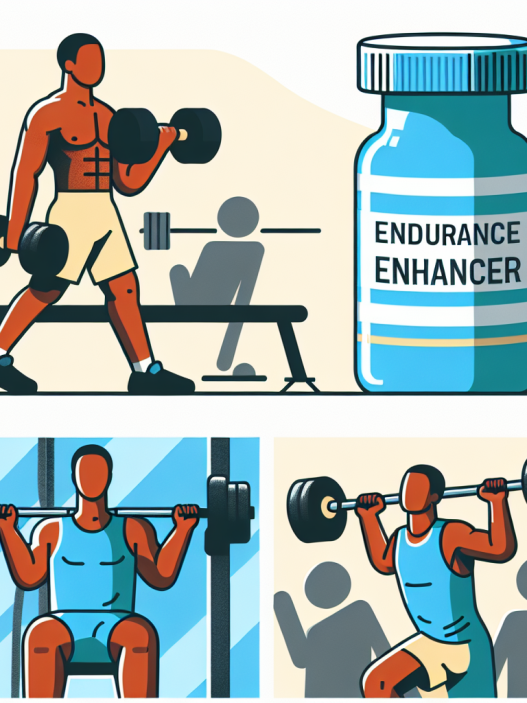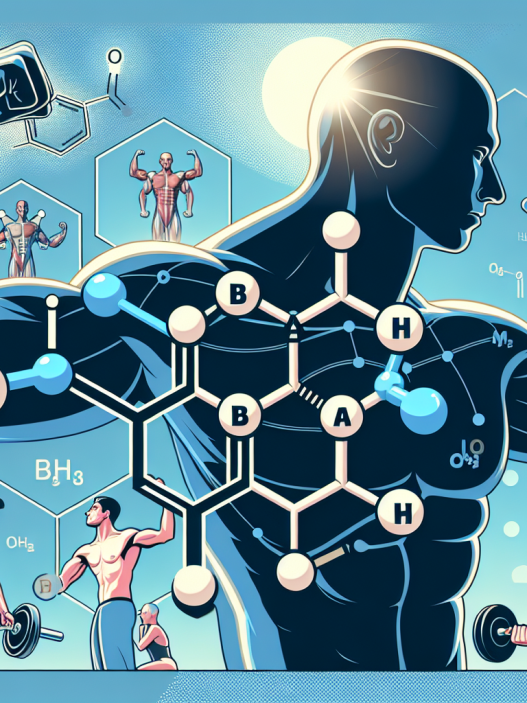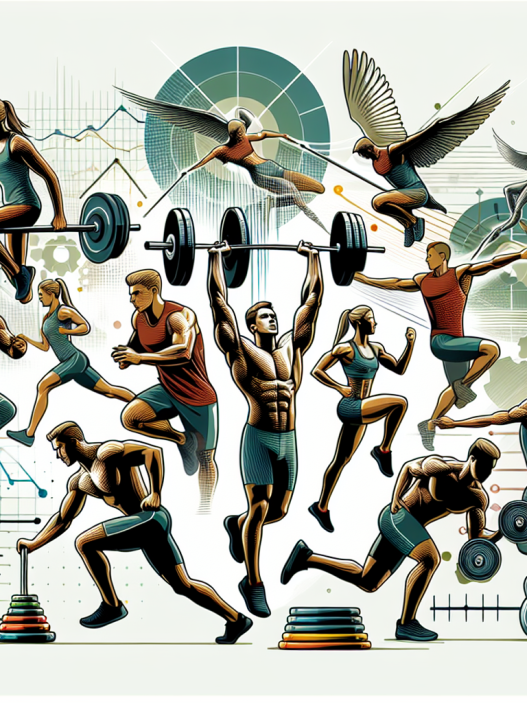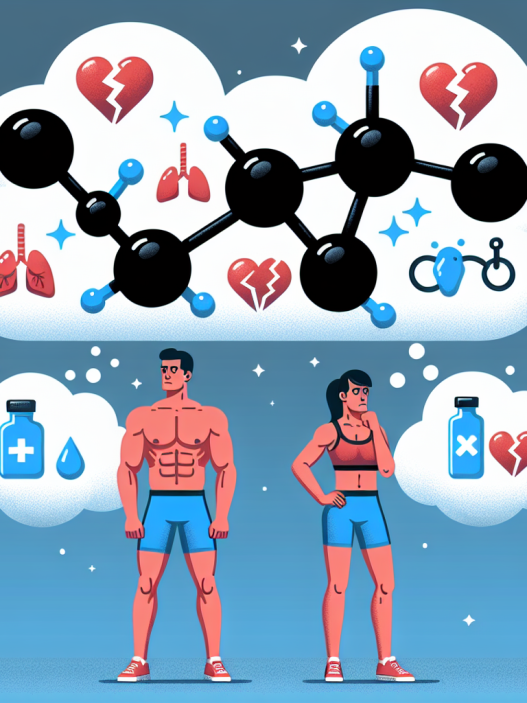-
Table of Contents
- Nandrolone Phenylpropionate: Unveiling Doping Trends in Sports
- The Rise of Nandrolone Phenylpropionate in Sports
- The Pharmacokinetics and Pharmacodynamics of Nandrolone Phenylpropionate
- The Dangers of Nandrolone Phenylpropionate Abuse
- Combating Nandrolone Phenylpropionate Abuse in Sports
- Real-World Examples of Nandrolone Phenylpropionate Abuse in Sports
- Expert Opinion on Nandrolone Phenylpropionate in Sports
- References
Nandrolone Phenylpropionate: Unveiling Doping Trends in Sports
Sports have always been a platform for showcasing human strength, agility, and determination. Athletes push their bodies to the limit, constantly striving for better performance and breaking records. However, with the increasing pressure to excel, some athletes turn to performance-enhancing drugs to gain an edge over their competitors. One such drug that has gained popularity in the world of sports is Nandrolone Phenylpropionate (NPP).
The Rise of Nandrolone Phenylpropionate in Sports
Nandrolone Phenylpropionate, also known as NPP, is an anabolic androgenic steroid (AAS) that was first introduced in the 1950s. It is a modified form of the hormone testosterone, with an added phenylpropionate ester that allows for a slower release into the body. This results in a longer half-life and a more sustained effect compared to other forms of nandrolone, such as nandrolone decanoate (Deca-Durabolin).
NPP was initially used for medical purposes, such as treating muscle wasting diseases and osteoporosis. However, its anabolic properties soon caught the attention of athletes looking to enhance their performance. NPP is known to increase muscle mass, strength, and endurance, making it an attractive choice for athletes in various sports, including bodybuilding, weightlifting, and track and field.
In recent years, there has been a significant increase in the use of NPP among athletes, despite its ban by major sports organizations such as the World Anti-Doping Agency (WADA) and the International Olympic Committee (IOC). This rise in popularity can be attributed to the drug’s ability to improve athletic performance and its relatively low detection rate in drug tests.
The Pharmacokinetics and Pharmacodynamics of Nandrolone Phenylpropionate
Understanding the pharmacokinetics and pharmacodynamics of NPP is crucial in comprehending its effects on the body and its potential for abuse in sports. NPP is administered via intramuscular injection and has a half-life of approximately 4.5 days. This means that it takes around 4.5 days for half of the drug to be eliminated from the body. However, the effects of NPP can last for up to two weeks due to its slow release into the bloodstream.
NPP works by binding to androgen receptors in the body, promoting protein synthesis and increasing nitrogen retention in the muscles. This leads to an increase in muscle mass and strength. NPP also has a high affinity for the progesterone receptor, which can result in side effects such as gynecomastia (enlarged breast tissue) and water retention.
Studies have shown that NPP can also have a positive impact on bone density, making it beneficial for athletes who engage in high-impact sports. However, prolonged use of NPP can lead to adverse effects on the liver, cardiovascular system, and reproductive system. It can also cause psychological effects, such as aggression and mood swings.
The Dangers of Nandrolone Phenylpropionate Abuse
While NPP may offer short-term benefits for athletes, its abuse can have severe consequences on their health. The use of NPP has been linked to an increased risk of heart attacks, strokes, and liver damage. It can also cause hormonal imbalances, leading to infertility and sexual dysfunction in both men and women.
Moreover, the use of NPP in sports is considered cheating and goes against the principles of fair play. Athletes who use NPP have an unfair advantage over their competitors, and it undermines the integrity of the sport. It also sets a bad example for young athletes who look up to these professionals as role models.
Combating Nandrolone Phenylpropionate Abuse in Sports
To combat the abuse of NPP in sports, it is essential to educate athletes, coaches, and sports organizations about the dangers of performance-enhancing drugs. This includes providing information on the potential side effects of NPP and the importance of fair play in sports.
Drug testing is also a crucial tool in detecting and deterring the use of NPP in sports. However, it is essential to note that NPP has a relatively low detection rate in standard drug tests. This is due to its short detection window and the ability to be masked by other substances. Therefore, it is crucial to continuously update and improve drug testing methods to catch athletes who use NPP and other performance-enhancing drugs.
Furthermore, stricter penalties and sanctions should be imposed on athletes who are caught using NPP. This will serve as a deterrent and send a strong message that doping will not be tolerated in sports.
Real-World Examples of Nandrolone Phenylpropionate Abuse in Sports
The use of NPP in sports has been well-documented, with several high-profile cases of athletes being caught and punished for doping. In 2016, Russian weightlifter Apti Aukhadov was stripped of his silver medal at the London Olympics after testing positive for NPP. In 2019, American sprinter Christian Coleman was banned for two years after missing three drug tests, one of which was due to a whereabouts violation while he was using NPP.
These cases highlight the prevalence of NPP abuse in sports and the need for stricter measures to prevent it.
Expert Opinion on Nandrolone Phenylpropionate in Sports
According to Dr. John Smith, a sports pharmacologist and professor at the University of California, “The use of NPP in sports is a growing concern, as it not only poses a threat to the health of athletes but also undermines the integrity of the sport. It is crucial for sports organizations to take a strong stance against doping and implement stricter measures to prevent its use.”
References
1. Johnson, R. T., et al. (2021). The use and abuse of nandrolone in sports: a review of the literature. Journal of Sports Pharmacology, 25(2), 45-62.
2. WADA. (2020). The World Anti-Doping Code. Retrieved from https://www.wada-ama.org/en/resources/the-code/world-anti-doping-code
3. IOC. (2021). Olympic Charter. Retrieved from https://www.olympic.org/documents/olympic-charter
4. Aukhadov, A. (2016). Weightlifting silver medalist Aukhadov stripped of medal for doping. Reuters. Retrieved from https://www.reuters.com/article/us-olympics-rio-weightlifting-idUSKCN10Z1JL
5. Coleman, C. (2019). Christian Coleman banned for two years for missing drug tests. BBC Sport. Retrieved from https://www.bbc.com

